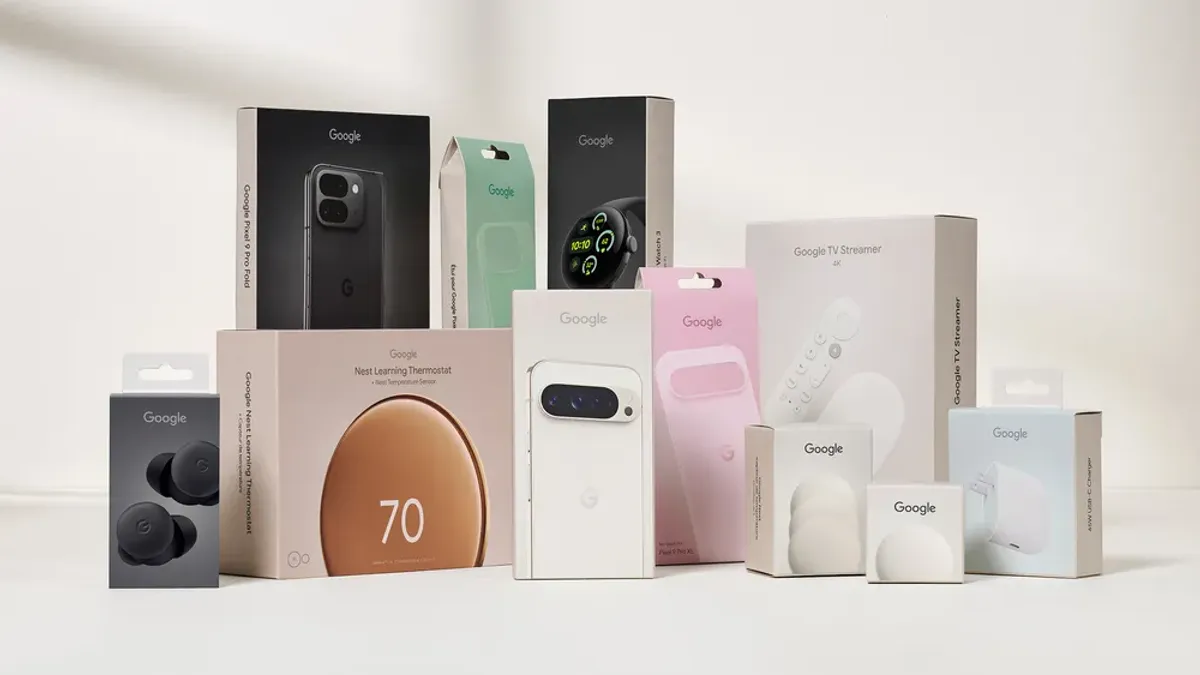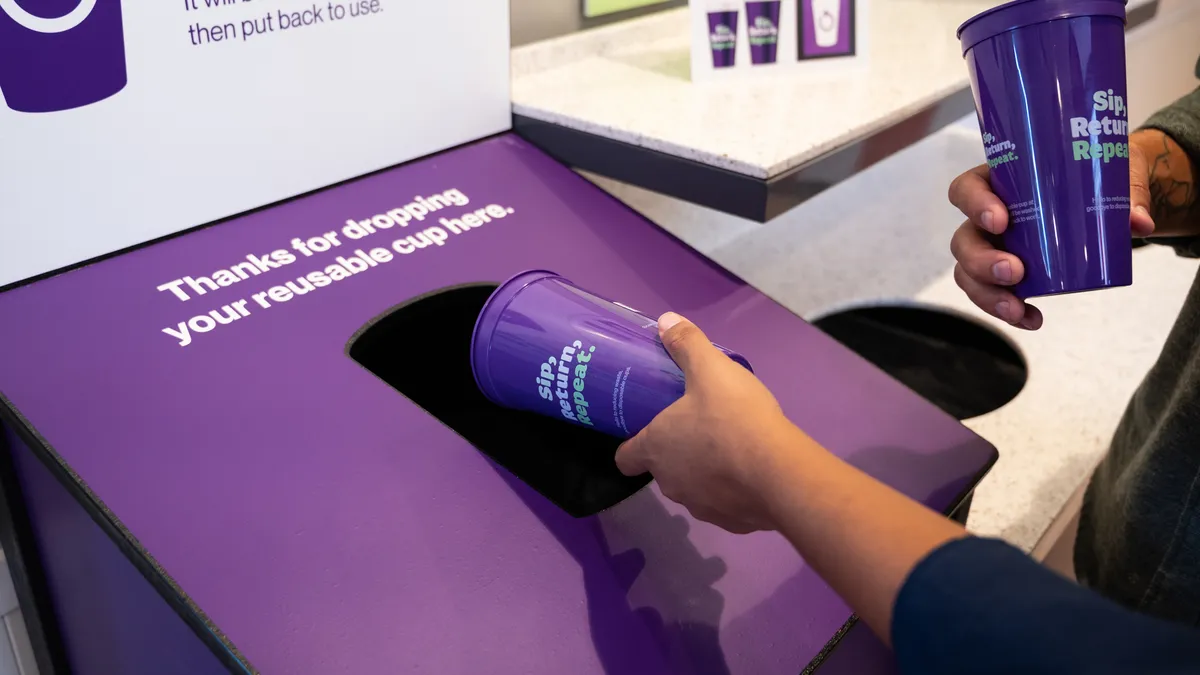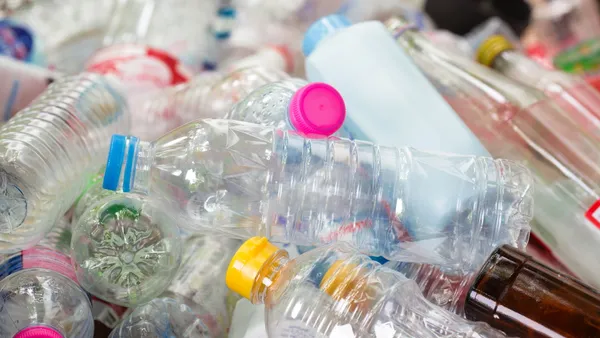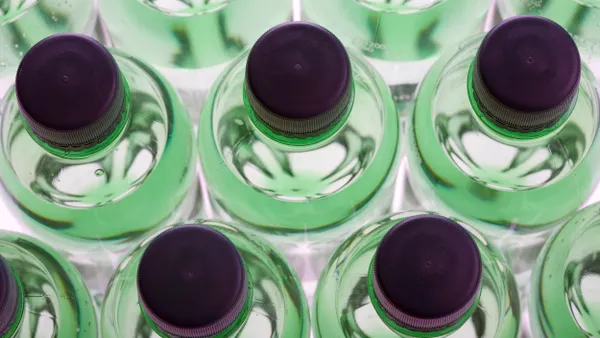Dive Brief:
- Google says it has met its 2025 goal to make all of the packaging for its newly launched hardware — including Pixel, Fitbit and Nest devices — without plastic, according to an announcement Tuesday. It set the goal in October 2020, when 94% of its product packaging was already free of plastic.
- Today, the packaging is made with a paper that is three times stronger and 70% more stretchable than the paper it previously used. It developed this new paper in partnership with Veritiv and Shandong Kaili Specialty Paper Co.
- This announcement comes on the heels of the tech giant’s release of its 2024 sustainability report last month. It showed that packaging for new Google products launched and manufactured in 2023 was 99% free of plastic. Additionally, Pixel 8 and Pixel 8 Pro phones were introduced in October with entirely plastic-free packaging.
Dive Insight:
The new paper used for the hardware packaging is lighter than materials used in previous packaging, thus helping to lower its transportation carbon footprint, according to the company. The internal packaging that holds the devices is made from a new molded fiber formula that is partially derived from recycled newspaper.
Google decided to make this paper available, via its supplier, to anyone interested in using it, a company spokesperson said via email. The tech company hopes “it gives others a starting point for their unique designs and accelerates the transition towards more sustainable packaging solutions,” the spokesperson said.
In addition, the boxes now have a peelable closure label to easily show if someone tampered with the product. This feature is an evolution of the previous tear strip, but it is “more elegant,” the spokesperson said. The label is composed of two layers of Kaili Glory Paper and two layers of adhesive.
“Tamper evidence and an improved consumer experience were design goals, but our focus didn’t stray from delivering a plastic-free solution. A label that can be disposed along with the box without the hassle to separate different components was top of mind for our team,” the spokesperson said.
The new, uncoated materials were developed to make recycling easier for the consumer, Google said in the announcement. But the company said it paid attention to overall design, not just materials, when considering packaging recyclability. It cites internal research showing that packaging’s look and feel influences whether consumers recycle it and whether recycling centers accept it. Based on that intel, the company designed its new packaging “with a visually speckled texture and an uncoated surface that [not] only does it look great, but looks recyclable,” the announcement says.
“Some fiber-based solutions resemble plastic due to their sophisticated construction and are sometimes mistakenly sent to landfill. Our internal studies show that consumers recognize the visually speckled texture of our new materials as recyclable and are more likely to recycle it,” the spokesperson said.
In June, Google released its plastic-free packaging design guide as an open resource meant to help accelerate progress on sustainability across industries. The guide heavily discusses fiber alternatives to plastic, including molded fiber and corrugated paper.
In its recent sustainability report, the tech company described challenges to achieving plastic-free packaging. It found that viable alternatives to plastic often do not exist in certain packaging categories. The report also noted that accelerating the transition away from plastics requires innovation both for materials and supply chains.
Competitors have been advancing their own plastic reduction goals as well. A year ago, Apple said it was on track to phase out plastic in its primary and secondary product packaging by 2025; it also described rolling out fiber-based packaging, including its first entirely fiber packaging for the Apple Watch Series 9. And Lenovo reported in its newly released ESG report that it’s on track to use 50% less single-use plastic for smartphone packaging by early 2026, while aiming for 90% of PC products’ plastic packaging to be made from recycled materials in the same timeframe.
Across the company, Google’s most recent sustainability report showed both gains and slips. In 2023, its total greenhouse gas emissions increased 13% year over year and 48% compared with the 2019 baseline. That’s contrary to goals to reduce its scope 1, 2 and 3 emissions by 50% by 2030. The increase is “primarily driven by increased data center energy consumption and supply chain emissions,” according to the report.











